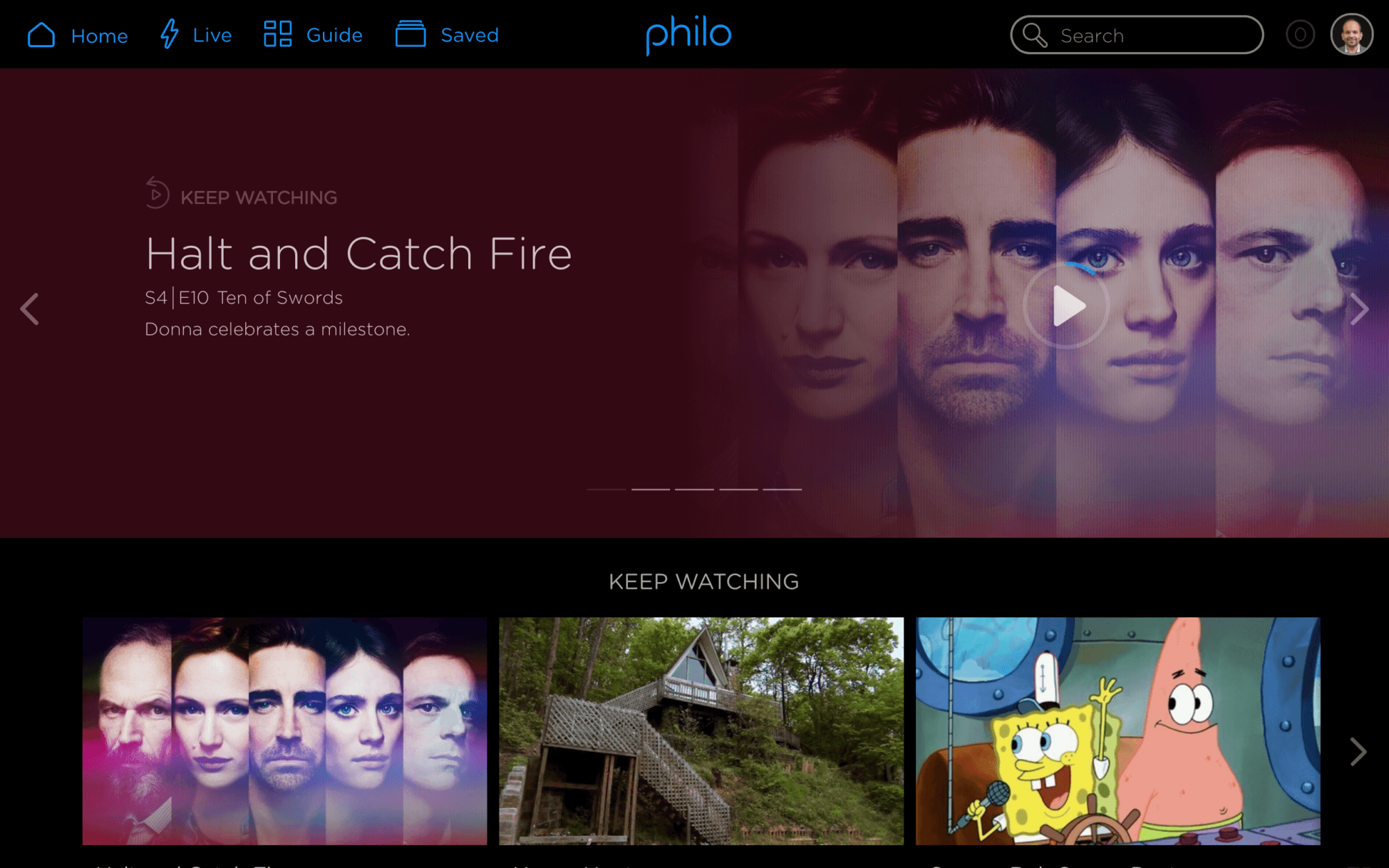GameStop has appointed Daniel A. Dematteo to the role of interim CEO, as the current chief executive is stepping down to seek treatment for a medical condition. This is not the first time Dematteo has helmed the corporation, as he held the title of CEO back in 1996 as well.
“We continue to send our best wishes and strong support to Paul and his family,” DeMatteo said. “The Board of Directors has tremendous confidence in GameStop’s executives and the management team’s ability to effectively run the business with the Board’s support.”
Rob Farmer, marketing director for Foxtel, has departed the company after six years working there. This is just one of several recent departures, including the TV provider’s managing director of customer and retail and executive director of channel aggregation and wholesale, in the last few months.
Nate Hayden has joined Jukin Media its senior vice president of original content, a role in which Hayden will oversee video production for both web and television platforms.
“When you consider the fact that there are roughly 6 billion camera phones across the globe filming everything from music festivals to historic world events, I realized the endless potential of storytelling rooted in user-generated content,” Hayden said to Deadline. “I jumped at the chance to be a part of this new wave of content creation.”
Hayden joins the company from AOL Studios, where he led video content teams for The Huffington Post, TechCrunch and Engadget.
The Atlantic has created two new members of its leadership team, both vice presidents of advertising partnerships. Ryan McRae and Liz Lorenzoni will be joining the magazine’s New York and Chicago offices, respectively, and will spearhead efforts to bring in additional revenue through branded journalistic content.
“Ryan and Liz are both incredibly smart, strategic, passionate sales leaders and brand storytellers who bring a new level of energy and creativity to our talented team,” said Hayley Romer, publisher and senior vice president at The Atlantic. “With these two in place, we’re able to focus on planning for a formidable 2018.”
Lorenzoni has been with the company for four years, most recently as senior executive director of global advertising partnerships, selling The Atlantic‘s voice for us by Boeing, Emerson and Porsche. McRae joins from Business Insider, where he held the title of director of east coast sales.
Scholastic Education has announced hiring a new senior vice president of strategic marketing, Victoria Burwell. In the role, Burwell will seek to strengthen ties between the private company and public organizations, pushing business growth through literacy development.
Burwell joins Scholastic from McGraw-Hill Education, where she led the company’s efforts to rebrand and embrace digital business as senior vice president and chief marketing officer.
Sony Pictures TV has promoted Eric Berger to chief digital officer.
“During his tenure here at Sony, Eric has paved the way for us on the digital front, using a mix of business models and products, including AVOD, SVOD, TV Everywhere, games, virtual reality and more to guide the expansion of SPT Networks’ 100-plus linear international channels to on-demand, OTT, streaming services and other digital-first initiatives,” said Andy Kaplan, president of Sony Pictures TV, per The Hollywood Reporter.
Berger will continue his current role of GM for Crackle, the company’s foray into content streaming. He first joined Sony 11 years ago, becoming GM of Crackle in 2008.
Cheryll Idell has signed on with Snap as its newest head of entertainment measurement, a role in which she will assist the company in pitching its ad products to various multimedia networks.
Idell joins Snap after spending eight years at Nielsen. Most recently, she served as executive vice president of client solutions and oversaw the metrics provider’s relationship with Disney. Idell has also worked at 20th Century Fox and IAG Research over the years in leading executive roles.
Kevin Campbell has rejoined 20th Century Fox Film as co-president of worldwide theatrical marketing.
“Kevin has had extensive experience working with some of the best filmmakers in our business; and with some of Hollywood’s best studio marketing groups,” Stacey Snider, CEO of 20th Century Fox told Variety. “We are fortunate to take advantage of all of these many assets so that we can make sure that Twentieth Century Fox’s marketing prowess is future oriented for this century and beyond.”
Most recently, Campbell worked at Amblin Partners as head of marketing, and prior to that held other executive marketing positions at Fox from 2005 to 2008.
Metro-Goldwin-Mayer has appointed Michael Wright to fill the position of president of EPIX. Beginning Dec. 4, Wright will lead the company’s efforts to expand its original programming alongside overseeing marketing efforts.
“We are thrilled to welcome Michael into the MGM family,” said Gary Barber, CEO of MGM. “His television industry experience and creative instincts are the perfect combination to help us execute on our original content strategy for EPIX and drive additional value creation for MGM overall.”
Previously, Wright helped launch Amblin Partners in 2015 and led as its CEO. Before that, he was president and head of programming for TBS, TNT and Turner Classic Movies.
The NBA has tapped Amy Brooks for the role of chief innovation officer, an entirely new position at the league. Additionally, Brooks has been granted the title of president of team marketing and business operations.
“It is the opportunity to make changes around our game and the way we market our game and our players,” Brooks told Sports Business Daily. “This is a position that looks at the opportunities to grow and looks to make rapid changes to both develop our business and grow our game. We have several new opportunities to change the way we do things, and my role is to make sure I am interacting with all key stakeholders to properly assess all those decisions and when and if we should make them.”
Brooks will potentially head the development of a midseason NBA tournament and will lead a team of roughly a dozen members to develop new business initiatives for the league.
Troika has announced the hiring of Damon Haley as head of sports marketing, furthering the company’s push into team and athlete branding and marketing.
“Damon is an accomplished leader who has successfully bridged the sports and consumer products worlds,” said Kevin Aratari, head of business development at Troika. “Previously, as account director at Troika, Damon played an integral role in securing and leading initiatives for our foray into live sports with the Charlotte Hornets, Jacksonville Jaguars and UFC.”
Before his current role, Haley worked at Nike as a global brand consultant, working with athletes such as LeBron James and Kobe Bryant.
McLaren has furthered its foray into the esports world, appointing Ben Payne as its first-ever director of esports. Payne will oversee the growth and development of McLaren’s esports strategy, including the company’s World’s Faster Gamer competition.
“Gaming and esports are two huge and exciting markets, and we believe that they’re essential elements of McLaren’s new marketing platform,” said Zak Brown, executive director at McLaren. “The growth and appeal of gaming and its close relationship to motorsport and Formula 1 makes this a natural area of expansion for us.”
Payne most recently worked at Microsoft, where he led third-party marketing divisions for Xbox and Windows. Additionally, he has held positions at SEGA and 2K Games.
Jaguar Land Rover has a new chief marketing officer in Felix Bräutigam, the company announced.
“The automotive business has many challenges,” Bräutigam said. “I am looking forward to getting our brands ready to face them and help take Jaguar Land Rover and the customer experience to the next level.”
Bräutigam joins the company from Porsche AG, where he served vice president for the European region, managing 51 different markets.
Toyo Tire USA is bringing on a new vice president of marketing in Tim Chaney.
“Chaney’s experience leading a challenger brand and out-of-the-box thinking is the perfect match for us at Toyo Tires as we continue on our mission to increase market share and brand awareness in the US,” said Roy Bromfield, president and CEO of Toyo Tires.
Chaney has worked in the marketing and automotive industries for three decades, including a 15-year stint at Kia Motors America, part of which he spent as vice president of marketing communications. At Kia, he oversaw the company’s famous hamster ads.
Hankook Tire has hired John Overing as its latest director of sales and marketing for the Canadian region.
“John’s proven track record of success throughout an extensive career in sales makes him the ideal candidate to take on the role of director of sales and marketing within our organization,” said Sen Yang, president of Hankook Tire. “He brings with him unparalleled knowledge and insights and we look forward to his success at Hankook Tire Canada.”
Overing has close to 20 years of experience working with tires, having held senior positions at both Yokohama Tire and Michelin North America.
Anheuser-Busch InBev announced that the head of its North America division, Joao Castro Neves, will be stepping down. The position will be filled by Michel Doukeris, who is currently the company’s chief sales officer.
“The US is our most important market and we recognize the need to continue to focus on driving topline growth across our portfolio,” said Carlos Brito, AB InBev’s CEO.
David O’Connor, CEO of Madison Square Garden, has quit the company. James Dolan, Madison Square Garden’s executive chairman, will take over as interim CEO.
VisitPay, an online healthcare billing platform, has hired Will Reilly to lead its client and consumer marketing team. Prior to joining the company, he worked at IBM as vice president of product marketing.
(Editor’s Note: This post will be updated daily until Friday, November 17. Have a new hire tip? Let us know at editorial@alistdaily.com.)
Job Vacancies
| Director, Global Levi’s Brand Marketing |
Levi Strauss & Co. |
San Francisco, CA |
| Director of Marketing, Consumer Products |
Activision |
Santa Monica, CA |
| Global Head of Product Marketing |
Eventbrite |
San Francisco, CA |
| VP, Creative Development, New Platforms |
Condé Nast |
Seattle, WA |
| Manager, Global Creative Marketing |
Netflix |
Los Angeles, CA |
| Director, Product Marketing |
Microsoft |
Redmond, WA |
Make sure to check back for updates on our Jobs Page.





